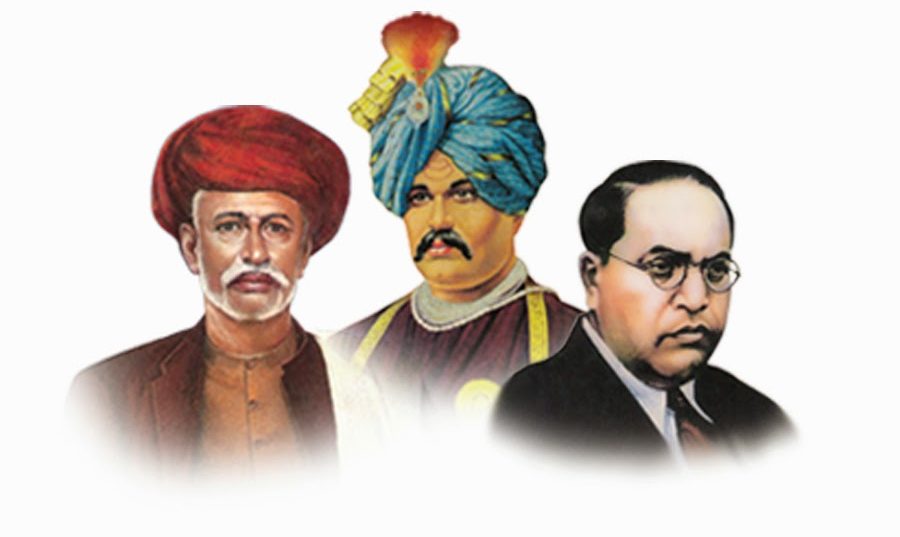
Rise and Fall of Bahujan Movement in Goa – Lessons for the Present Movement
The title “Bahujan movement in Goa” is sure to raise eyebrows when we first hear about it. But Parag D. Parobo’s book “India’s First Democratic Revolution: Dayanand Bandodkar and the Rise of Bahujan in Goa” documents the development, success, and impact of the Bahujan movement in Goa in 1960s. The Bahujan movement attained its highest pinnacle even before Bahujan movement had not started with full energy in the North India. It is an interesting book to read for the students of the Bahujan movement.
Goa, as we understand in the popular imagination, is a different state compared with other states in India. It is famous for its churches, beaches, and its Portuguese influence. Goa was ruled by the Portuguese till the 1960s and this narrative of “freedom of Goa” have been dominating the popular imagination and this imagination has eclipsed the real Bahujan revolution that took place in Goa, which Parobo documents so well.
The Christianity in Goa did not change the social order, but the converts to Christianity from various castes were accordingly divided into caste lines: the Brahmins became Bamon, the Catholic Kshatriya became Charodo, and the Shudra became Sudir. The Catholic Bamon and the “Hindu” Brahmins benefitted working closely with the colonial masters.
It is interesting to read how “Gaud Saraswat Brahmin (GSB)” identity was created by the lower caste Brahmins through this colonial interaction. The way Kokanastha (Konkani speaking) Brahmins emerged as the class of GSB through the movement among them in Goa called “eki (unity)” movement among the Brahmins.
The “backward classes in Goa” started their Bahujan movement inspired by the great movement of Jotiba Phule. The prominent castes among the backward classes like Bhandaris, gomantak marathas have started mobilizing themselves since the beginning of the last century.
But when the Goa became free from the colonial rule, the backward classes mobilised themselves politically and their political formation came to be known as the “Maharashtrawadi Gomantak Party (henceforth MGP)” which not only won the first two elections in the state of Goa, Daman, and Diu, but also consolidated the Bahujan movement in Goa.
The leader of this mobilization was Dayanand Bandodkar who not only launched the political party but became the Chief Minister of the Goa twice defeating the mighty Congress that time by the wider margin of the votes. Perhaps, Goa and Kerala were the only states that had not seen the Congress Government in that period.
Bhau Bandodkar is the tallest figure after the end of colonial power in Goa who brought many changes in the social and economic lives of Bahujans in Goa through his humanitarian policies and his consolidation of Bahujan power in Goa. Interestingly, the time also saw the destruction of the strong Bahujan movement in Goa and the power is now grabbed by GSB, Parrikar of the BJP.
The history of the Bahujan movement in Goa is a template to study the Bahujan movement throughout India. It has all the elements of larger drama at the national level. It is a time we pay serious attention to learn from the success of Bahujan movement in Goa and its ultimate dissipation today.
Author – Mangesh Dahiwale, Human Rights Activist




+ There are no comments
Add yours